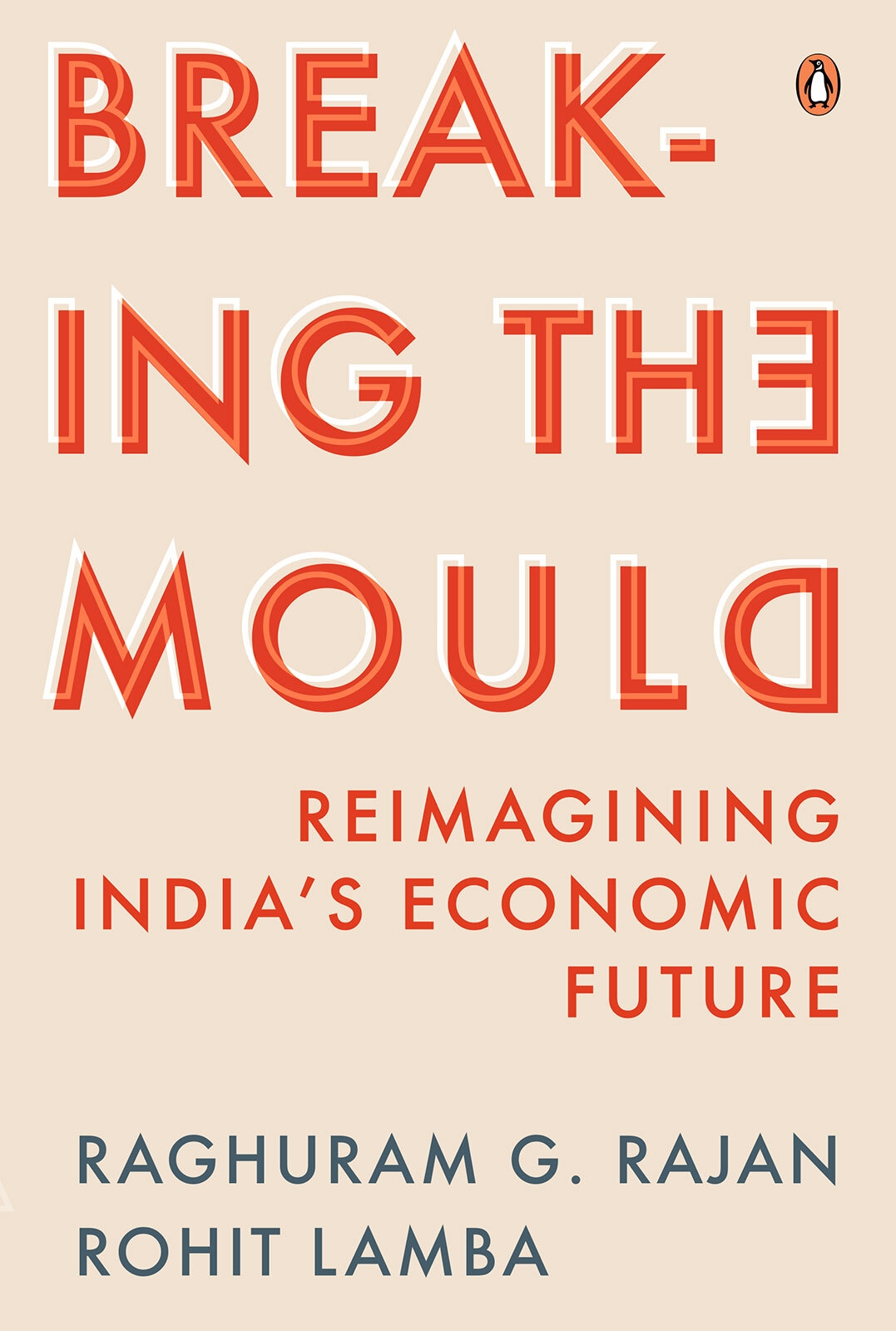

Most ebook files are in PDF format, so you can easily read them using various software such as Foxit Reader or directly on the Google Chrome browser.
Some ebook files are released by publishers in other formats such as .awz, .mobi, .epub, .fb2, etc. You may need to install specific software to read these formats on mobile/PC, such as Calibre.
Please read the tutorial at this link: https://ebookbell.com/faq
We offer FREE conversion to the popular formats you request; however, this may take some time. Therefore, right after payment, please email us, and we will try to provide the service as quickly as possible.
For some exceptional file formats or broken links (if any), please refrain from opening any disputes. Instead, email us first, and we will try to assist within a maximum of 6 hours.
EbookBell Team

4.0
96 reviewsWhere is India going today? Is it surging forward, having just overtaken the United Kingdom to become the fifth-largest economy in the world? Or is it flailing, unable to provide jobs for the millions joining the labour force? What should India do to secure a better future?
India is at a crossroads today. Its growth rate, while respectable relative to other large countries, is too low for the jobs our youth need. Intense competition in low-skilled manufacturing, increasing protectionism globally and growing automation make the situation still more difficult. Divisive majoritarianism does not help. India
broke away from the standard development path—from agriculture to low-skilled manufacturing, then high-skilled manufacturing and, finally, services—a long time back by leapfrogging the intermediate steps. Rather than attempting to revert to development paths that may not be feasible any more, we must embark on a truly Indian path.
In this book, the authors explain how we can accelerate economic development by investing in our people’s human capital, expanding opportunities in high-skilled services and manufacturing centred on innovative new products, and making India a ferment of ideas and creativity. India’s democratic traditions will support this path, helped further by governance reforms, including strengthening our democratic institutions and greater decentralization.
The authors offer praise where the Indian establishment has been successful but are clear-eyed in pointing out its weaknesses. They urge India to break free from the shackles of the past and look to the possibilities of the future. Written with unusual candour, and packed with vivid examples and persuasive arguments, this is a book for anyone who has a stake in India’s future.